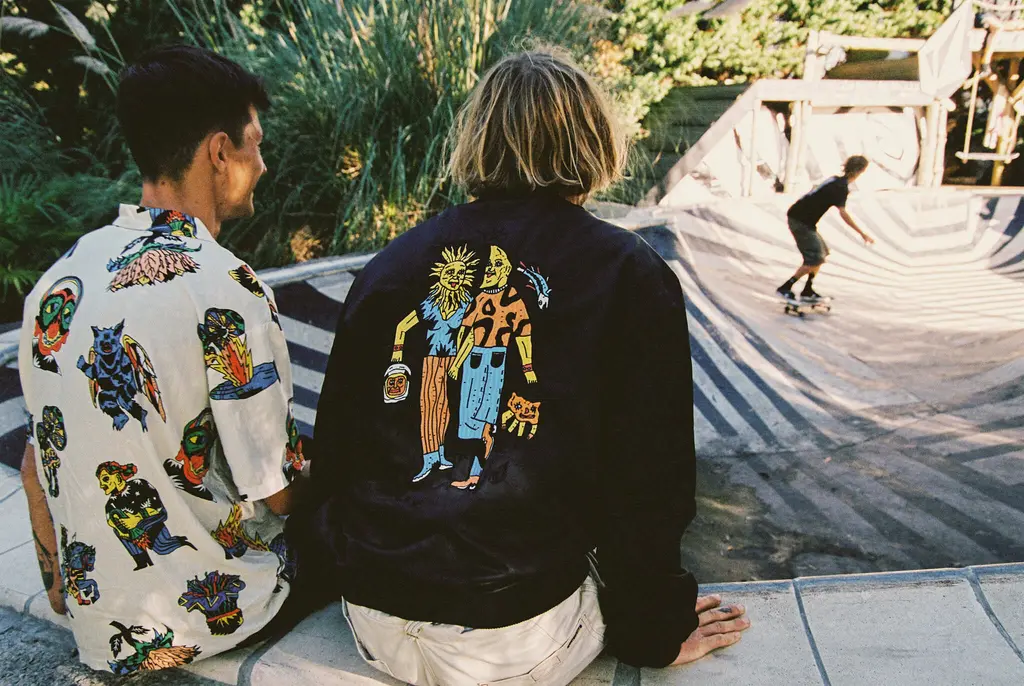The photographer capturing the explosive B-boy scene
- Text by Miss Rosen
- Photography by Frankie Perez

From Bronx jams in the 1970s to the 2024 Paris Olympic Games, the art of breaking has come along way over the past 50 years. One of the four elements of hip hop, breaking took its name from the dancers who took to the floor to show out when the DJ would cut the breaks.
With the release of seminal hip-hop films like Wild Style and Style Wars in the early 1980s, followed by Hollywood fare like Breakin’ and Beat Street, breaking became a global phenomenon, with aspiring B-boys and B-girls doing windmills, headspins, and backspins in their freshest fits.
With the commercial success of rap music, the culture moved away from hip hop’s roots, but breaking continued to grow, becoming an underground phenomenon around the globe. New York native Frank “B-boy Frankie” Perez discovered breaking while he was living in East Elmhurst, Queens, with extended family.


“We had a neighbour who got introduced us to B-boy stuff. My cousins and I started at the same time, but I was the only one who really kept with it,” Perez says. “My neighbour bought B-boy VHS tapes. We tried to copy moves and practised in his kitchen.”
After hitting up a local practice spot, Perez was hooked. “I stepped into a whole new world — the stuff I saw on the tape was happening in real life,” he says. “I started getting introduced to local B-boys from Queens, more established crews, and eventually expanding outside of New York.”
In the early 2000s, Perez joined the Supreme Beings crew and travelled the world to enter competitions. Along the way, he picked up a DSLR camera to make videos and promo trailers. His discovery of the still-image function essentially marked his move into photography was born. “I started shooting people and falling in love with the freedom of it because it reminded me a lot of the freedom I found in dance,” he says.


After receiving a grant from Queens Council of the Arts last year, Perez created See Me Up? It’s ‘Cause I’ve been down – a self-published artist book chronicling the breaking scene between 2018 to 2020 in New York, Texas, Florida, Boston, Mexico City, and Montreal, where he now lives. In Perez’s photographs, we see the evolution of the art, one that has stayed true to the roots of the culture despite moments of mainstream success.
“Breaking is under the umbrella of hip hop, which is the mantra of making something from nothing,” Perez says. “It doesn’t cost money to write a rhyme or to sketch in your notepad if you’re a graffiti artist. Breaking is free to partake and you don’t need to be able-bodied. There are plenty of disabled B-boys – one is in my book called Lazy Legs.”
Now 31, Perez has a vision of elevating breaking on the global stage, with breakers becoming just as successful as MCs. “At the moment it’s considered a big deal if you perform for Justin Bieber as a backup dancer and that’s a high level of success. I want to change that.”



Follow Miss Rosen on Twitter.
Enjoyed this article? Like Huck on Facebook or follow us on Twitter.
You might like

On Alexander Skarsgård’s trousers, The Rehearsal, and the importance of weirdos
Freaks and Finances — In the May edition of our monthly culture newsletter, columnist Emma Garland reflects on the Swedish actor’s Cannes look, Nathan Fielder’s wild ambition, and Jafaican.
Written by: Emma Garland

Maryam El Gardoum is breaking new shores for Morocco’s indigenous surfers
The Amazigh Atlantic — Through her groundbreaking career and popular surf school, the five-time Moroccan champion is helping women find their places in the waves.
Written by: Sam Haddad

Volcom teams up with Bob Mollema for the latest in its Featured Artist Series
True to This — The boardsports lifestyle brand will host an art show in Biarritz to celebrate the Dutch illustrators’ second capsule collection.
Written by: Huck

Bohemian FC is more than a football club
Carefree, wherever you may be — With rock star friends, a fierce commitment to Palestinian solidarity and their very own climate justice officer, north Dublin’s fan-owned team make their presence felt far beyond the pitch.
Written by: Tiernan Cannon

Gazan amputees secure Para-Cycling World Championships qualification
Gaza Sunbirds — Alaa al-Dali and Mohamed Asfour earned Palestine’s first-ever top-20 finish at the Para-Cycling World Cup in Belgium over the weekend.
Written by: Isaac Muk

We are all Mia Khalifa
How humour, therapy and community help Huck's latest cover star control her narrative.
Written by: Alya Mooro